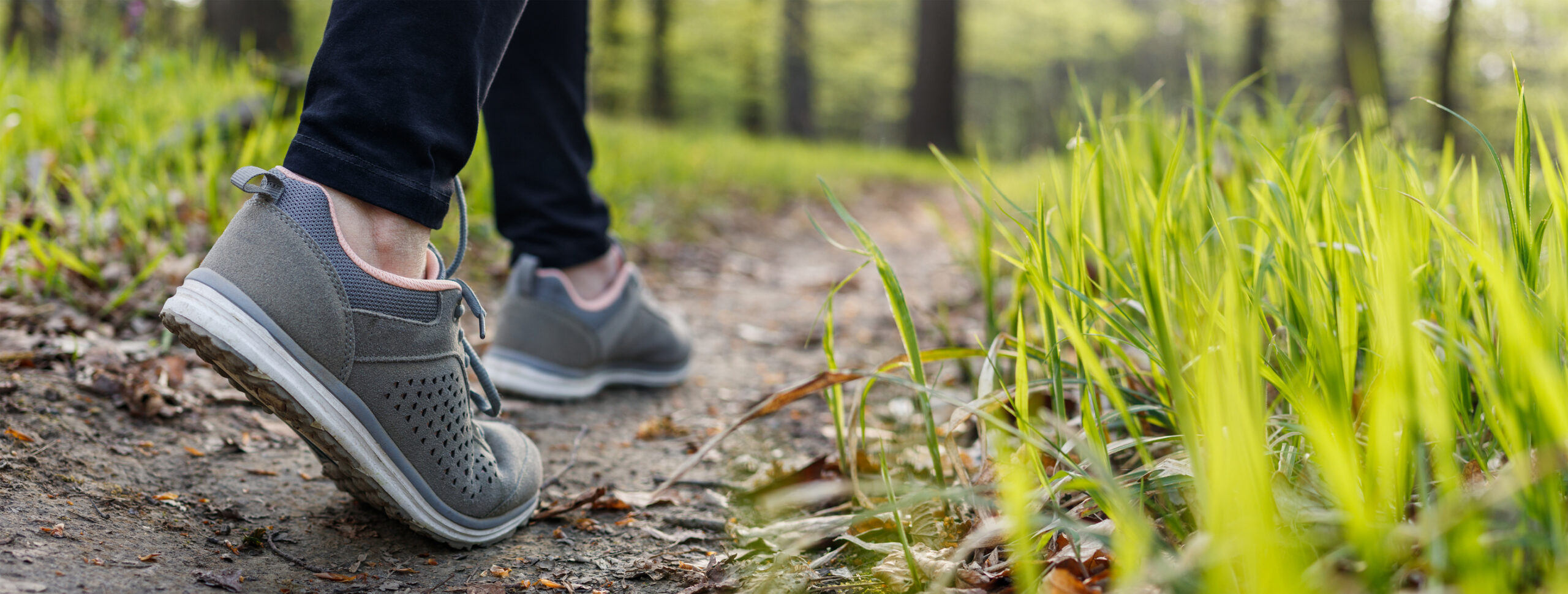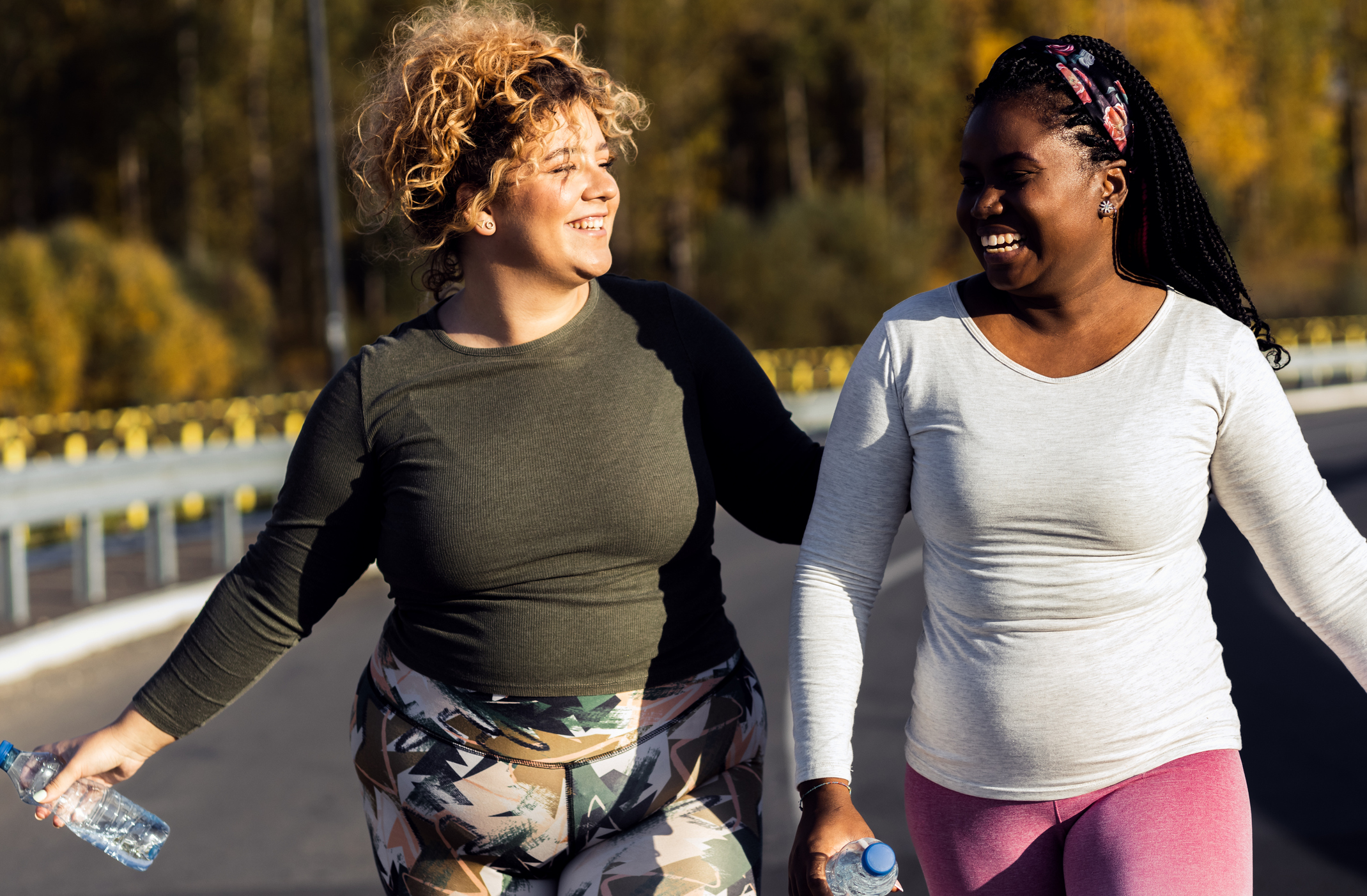You might not know it, but you have a natural ability to practise mindfulness. Here’s how to work it into your daily routine so you can start reaping the benefits.
Mindfulness isn’t reserved for certain types of people, and you don’t need to study up to be able to do it. There are some really simple ways you can harness the power of mindfulness to quiet your mind and leave you feeling calmer and happier. Let’s look at a few ways you can weave mindfulness through your day.
1. Mindful morning
Before getting out of bed, take a minute to focus on your breathing. You could label your alarm on your smartphone to remind you to try this for a few days. As you lay in bed, take 5 breaths, thinking about how it feels to have your breath move in and out of your body. As you move from lying down to sitting up, become aware of your body and mind. Feel the pressure of the soles of your feet where they meet the ground before moving on with your day.
2. Mindful mouthfuls
Try to really pay attention to the taste, smell, sight and textures of what you eat or drink. What do we mean? Well, next time you’re sipping a coffee, pay attention to the aroma and take a deep inhale, savouring the scent. Think about the heat of the liquid as it hits your mouth and moves around your tongue. Soak up the flavour and think about how it makes you feel.
3. The ordinary
Bring mindfulness to the ordinary activities in your day. Even repetitive and routine activities like brushing your teeth, washing up, brushing your hair and putting your shoes on, can be an opportunity to be mindful, awakening all the senses.
4. Press pause
Stop for a second to acknowledge completing a task before you move on to the next. Interrupt your autopilot mode and take a minute to take a few deep breaths, noticing the weight of your body on a chair, or your body meeting and being supported by the floor. Take in any noises that you might be able to hear.
5. Mindful movement
Bringing mindfulness to your workouts can help you reconnect with your body. Next time you’re lifting weights or running, see if you can slow down and bring attention to the movements. Think about the interconnectedness of your arms, shoulders and chest as you lift the weight, or the pressure of the soles of your feet hitting the ground when you run, creating sensations in the calves and thighs. Notice your posture, the core and any target muscle groups and focus on the expansion and contraction of these areas.
Most importantly when practising mindfulness: remember to slow down and breathe!



